If you are looking wholesale lighting solutions, click here.
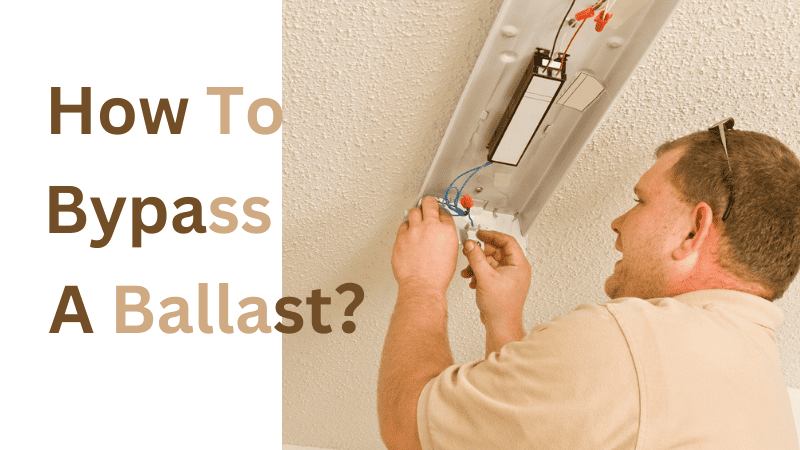
So you have decided to upgrade to more energy-efficient LED bulbs, but when you try to replace your old fluorescent bulbs, you realize that they won’t turn on. This is because fluorescent bulbs require a ballast to regulate the current and voltage, which is not required for LED lamps.
But don’t worry; there are ways to bypass the ballast and successfully use your new LED bulbs without replacing the entire fixture. In this guide, we will discuss how to bypass a ballast and why you need to do it.
A ballast is an essential component of traditional fluorescent tube lights. It regulates the current flowing through the tube and prevents the bulb from drawing too much power, which could result in burnout.
This function is particularly necessary for fluorescent bulbs, as their design inherently leads to increased electrical draw, potentially causing overheating and subsequent damage to the light fixture.
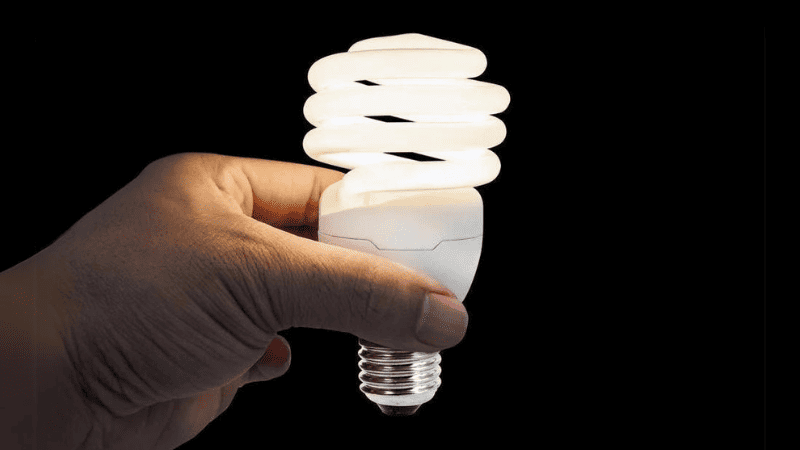
However, when transitioning to LED bulbs, the ballast becomes unnecessary. This is due to the fundamental differences in how LEDs and fluorescents function.
LEDs have an internal driver that controls the electrical current, removing the need for an external regulator like a ballast. This is one of the reasons why LEDs are more energy-efficient than fluorescent bulbs.
Bypassing the ballast is essential in LED tube light retrofitting, particularly when replacing existing T8 fluorescent light fixtures. This is primarily due to the differing operational mechanisms of LED and fluorescent lighting technologies.
LEDs come with an inbuilt driver that manages the electrical current, which makes the external regulating function of a ballast redundant. At the same time, having a ballast in the circuit can lead to unnecessary energy consumption and potential interference with the operation of the LED tube light.
Moreover, a ballast in the circuit can also lead to compatibility issues. LED bulbs are designed to operate on a lower voltage than fluorescent bulbs, and the higher voltage supplied by the ballast could potentially damage the LEDs.
To avoid these problems and ensure optimal performance and energy efficiency, the ballast should be bypassed or removed while installing LED tube lights.
Here is the step-by-step guide on how to bypass a ballast easily:
Before rerouting wires, ensure the fixture’s power is turned off. Switching off the light switch is insufficient, as some residual electricity flow may still exist. Turn off the power from the main circuit breaker to ensure safety.
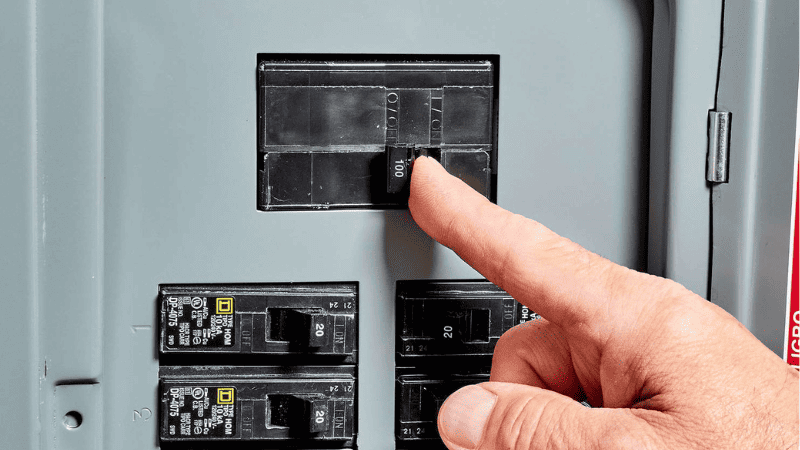
For the T8 lighting fixture, the ballast is usually covered by a rectangular metal case, and the T8 tubes are just on the top. You must unscrew the case and remove the tubes to find the ballast.
Generally, the hot wire is coated in black or red. It supplies the power to the fixture. This wire is commonly called “live” or “hot”. It is crucial to identify this wire while working on the fixture as it carries the power.
On the other hand, the neutral wire is coated in white. Together it completes the electrical circuit by connecting it back to the electrical panel. Both of these wires are generally found on the same side.
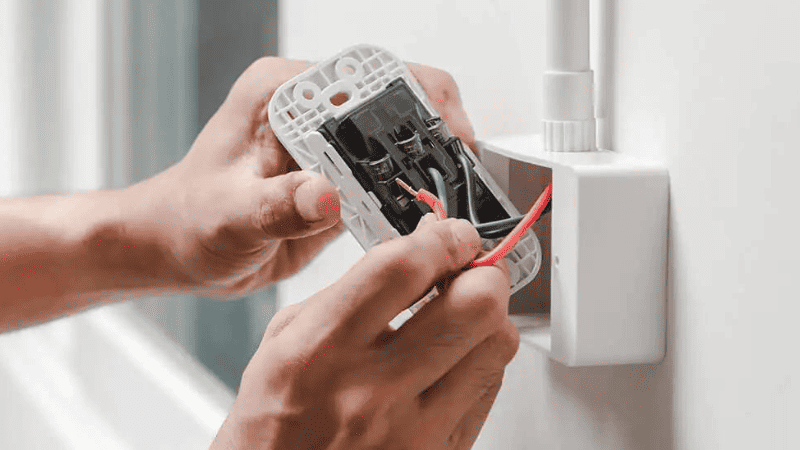
The next step requires cutting the hot and neutral wires near the ballast. These wires are considered “input” as they transmit power to the fixture.
The best and professional practice is to leave a spare length of wire on the fixture side for attachment to the main power lines that are coming from the building. This step is important to ensure a safe and successful transition from the ballast system to the LED setup.
Generally, the socket lead wires are marked red and blue. They can be seen on the opposite side of the ballast. These wires, connect to the outgoing wires of the ballast which leads to the sockets.
For T8 LEDs, these sockets should be non-shunted. Make sure to cut these wires near the sockets, leaving ample length for a smooth connection to your LED’s incoming “-input” wires.
After cutting all necessary wires, you can remove the ballast completely from the fixture. This step is crucial as it ensures no remaining electrical components could cause potential issues when powering your LEDs.
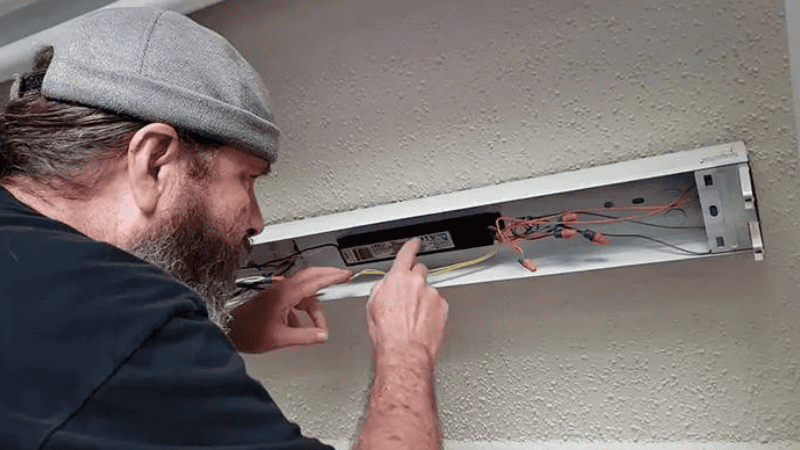
The last phase is about stripping an inch of the colored insulation off the remaining wires. Now, you need to set up the connection between the input hot and neutral wires (black and white). These are coming from inside the building to the output hot and neutral wires.
Make sure to connect each hot wire from the fixture to the corresponding hot wire from the building. Similarly, All neutral socket wires should be connected to the neutral wire coming from the building. Push-in connectors or wire nuts can create an effective power circuit during wiring.
The T8 LED tubes only needed a single-circuit power supply to work. If you are dealing with fixtures with multiple lights, there might be more than one set of wires on one side of the ballast.
It’s essential to connect the input wires to only one set of output hot and neutral wires. It ensures a clean and proper connection. This ensures that the fixture effectively receives power, and you can enjoy the energy efficiency and brilliance of your new LED tube lights.
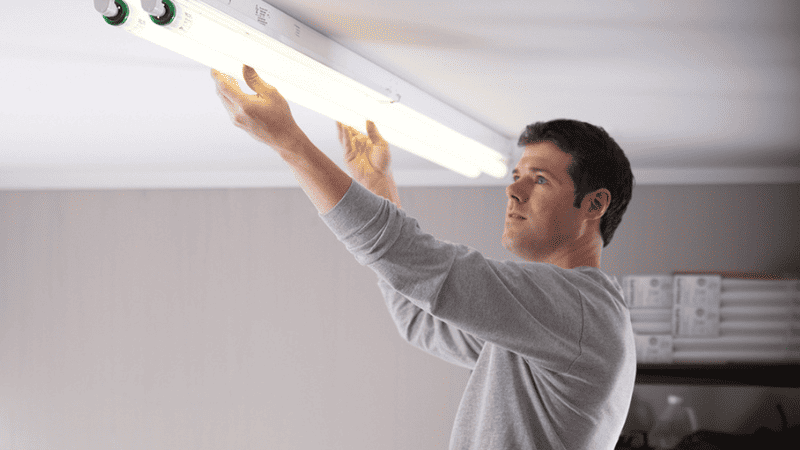
Yes, bypassing a ballast is safe if the procedure meets all safety guidelines. Disconnecting power before starting, correctly identifying and connecting wires, and using non-shunted sockets for T8 LEDs are crucial. If you are unsure about the process, it is best to seek professional assistance.
If you use HID light bulbs or fluorescent lamps, you need a ballast to start and maintain the light. However, halogen and incandescent lamps do not require ballasts. You just need to screw them into a socket, and they will light up.
No, you cannot bypass the ballast on a plug-and-play LED tube. These tubes are designed to work with existing ballasts and require ballasts for their operation. Only direct-wire LED tubes can be installed without a ballast.
Bypassing the ballast is essential in transitioning from traditional fluorescent lighting to energy-efficient LED technology. It ensures optimal performance and energy efficiency and eliminates potential compatibility issues and hazards if the ballast were left in the circuit.
If you are unfamiliar with electrical work or unsure about the process, it is always best to seek professional assistance. This will guarantee a safe and successful transition to LED lighting for your home or workplace.
At Risun, we are committed to providing high-quality and innovative lighting solutions. Our wide range of LED products, including T8 tubes, is designed for easy installation and energy efficiency. We also offer professional technical support to ensure a smooth transition to LED lighting.
Remember, bypassing the ballast is a crucial step in installing T8 LED tubes, and with Risun by your side, it’s a hassle-free process. Contact us today and make the switch to energy-efficient lighting!
Comprehensive Lighting Solutions for MRO Wholesalers and Professionals
send your inquiry
Hi, I'm the author of this post, and I have been in this field for more than 15 years. If you want to wholesale lighting fixtures or lighting related product, feel free to ask me any questions.
Learn More >>Download our catalog to view all of our lighting products.
Ready to get started ?
Send Your InquiryOur team will get back to you promptly

please
download
Get notified about new products
Our team will get back to you promptly!
Add your first comment to this post